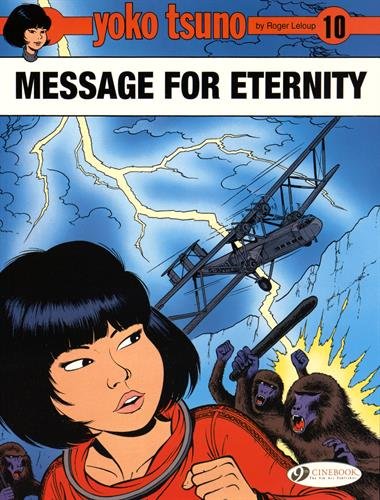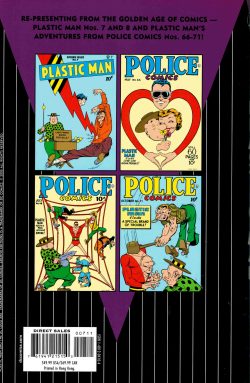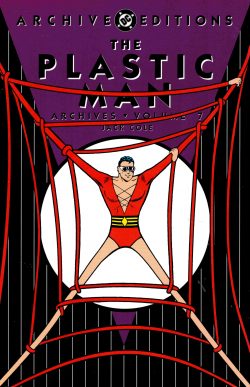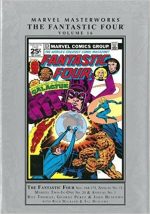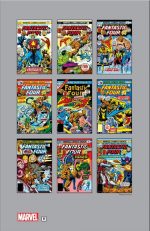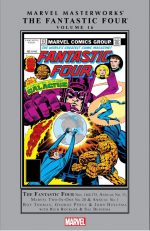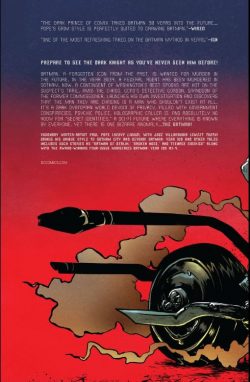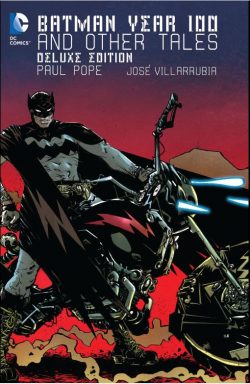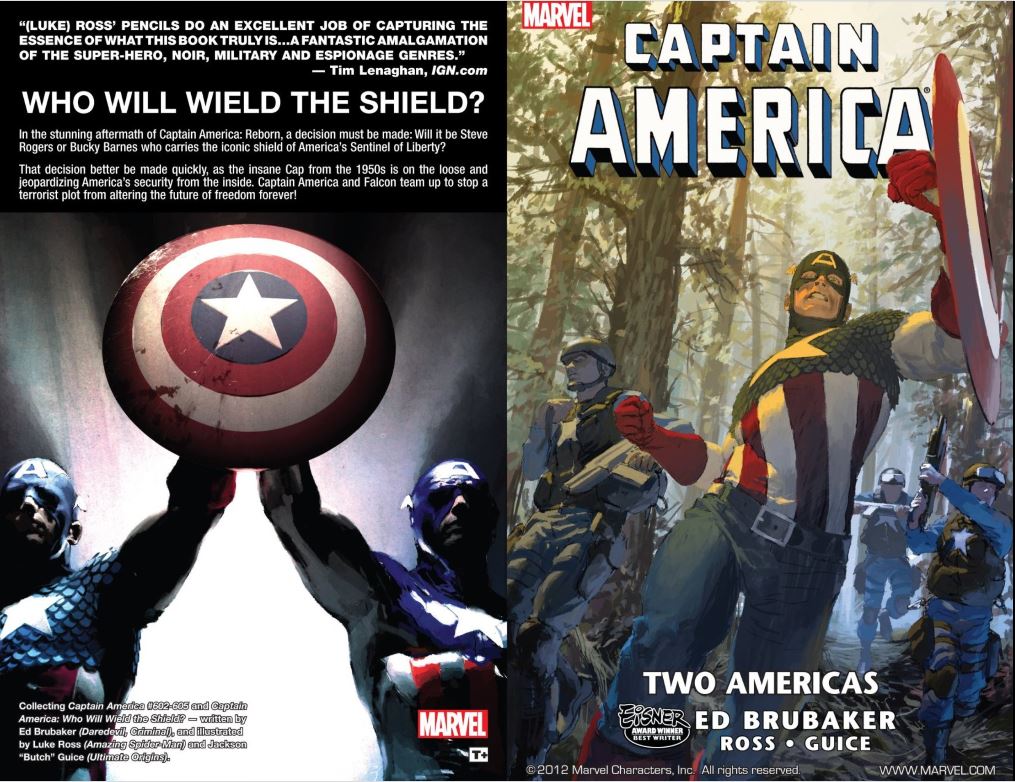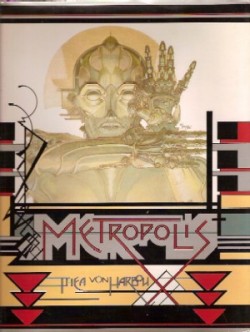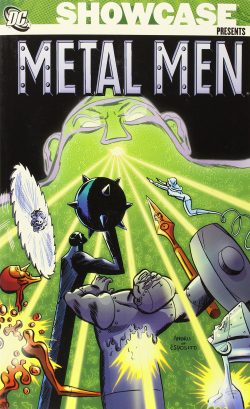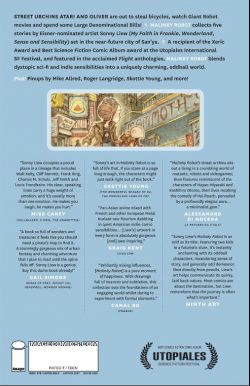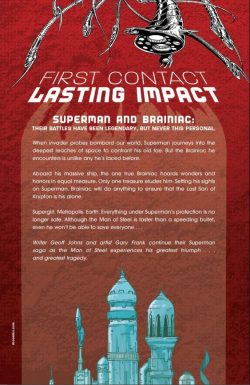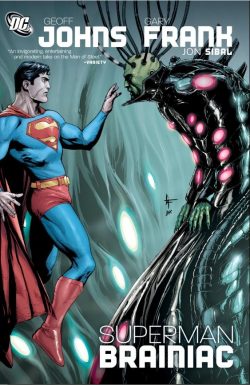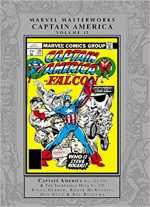
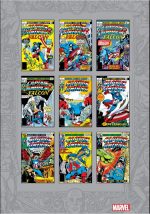
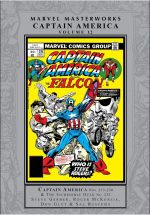
By Roy Thomas, Steve Gerber, Don Glut, Roger McKenzie, Scott Edelman, David Anthony Kraft, Peter B. Gillis, Roger Stern, David Michelinie, Sal Buscema, George Tuska, Dave Cockrum, John Buscema, Bob Budiansky, Steve Leialoha, Mike Zeck & various (Marvel)
ISBN: 978-1-3029-2210-8 (HB)
Created by Joe Simon & Jack Kirby in an era of ferocious patriotic fervour and carefully-manipulated idealism, Captain America was a dynamic and exceedingly bombastic response to the horrors of Nazism and the threat of Liberty’s loss.
He quickly lost focus and popularity after hostilities ceased: fading during post-war reconstruction to briefly reappear after the Korean War: a harder, darker sentinel ferreting out monsters, subversives and the “commies†who lurked under every American bed. Then he vanished once more until the burgeoning Marvel Age resurrected him just in time to experience the Land of the Free’s most turbulent and culturally divisive era.
The old-world hero quickly became a mainstay of the Marvel Revolution during the Swinging Sixties, but lost his way somewhat after that, except for a glittering period under scripter Steve Englehart. Eventually however he too moved on and out in the middle of the 1970s.
Meanwhile, after nearly a decade drafting almost all of Marvel’s triumphs, Jack Kirby had jumped ship to arch-rival DC in 1971, creating a whole new mythology and dynamics pantheon before accepting that even he could never win against any publishing company’s excessive pressure to produce whilst enduring micro-managing editorial interference.
His eventual return was much hyped at the time but swiftly became controversial as his intensely personal visions paid little lip service to company continuity and went explosively his own way. Whilst his new works quickly found many friends, his tenures on those earlier inventions drastically divided the fan base. Kirby was never slavishly wedded to tight continuity and preferred, in many ways, to treat his stints on Cap and the Panther as creative “Day Onesâ€. This was never more apparent than in the pages of Captain America, and you can judge his endeavours in other collections.
This collection – available in hardback and digital editions – features a return to house continuity: abruptly returning the patriotic paragon fully to Marvel’s restrictively overarching, interlinked continuity. Gathered within are Captain America #215-230 (cover-dated November 1977 to February 1979), plus a bonus crossover tale from Incredible Hulk #232, preceded by an informative Introduction by Don Glut, one of many who sought to fill the King’s boots in the months following his departure.
When Kirby moved on it left a desperate gap in the schedules. Captain America #215 saw Roy Thomas, George Tuska & Pablo Marcos respond by revisiting the hallowed origin story for the latest generation with ‘The Way it Really Was!’: reiterating simultaneously the history of the heroes who had inherited the red, white & blue uniform whilst Steve Rogerswas entombed in ice and ending with our hero desperately wondering who the man beneath his mask might truly be…
For all that, #216 was a deadline-filling reprint of November 1963’s Strange Tales #114, represented here by Gil Kane’s cover and a framing sequence from Thomas, Dave Cockrum & Frank Giacoia.
Thomas, Glut, John Buscema & Marcos actually began ‘The Search for Steve Rogers!’ in #217, with S.H.I.EL.D.’s record division, where the Falcon is distracted by a surprising job offer. Nick Fury, busy with the hunt for capitalist cabal The Corporation, asks Cap’s partner to supervise the agency’s newest project: the SHIELD Super-Agents…
These wonders-in-training consist of Texas Twister, Blue Streak, The Vamp and a rather mature-seeming Marvel Boy, but the squad are already deeply flawed and fatally compromised…
Issue #218 sees Cap targeted by a Corporation agent: fed data which bends his legendarily-fragmented memory back to his thawing from the ice. Heading north to retrace his original journey, Cap spends ‘One Day in Newfoundland!’ (Glut, Sal Buscema & John Tartaglione), uncovering a secret army, an unremembered old foe and a colossal robotic facsimile of himself…
In #219, ‘The Adventures of Captain America’ (Glut, Sal B & Joe Sinnott) reveals how, during WWII, Cap and junior partner Bucky were ordered to investigate skulduggery on the set of a movie serial about them and exposed special effects wizard Lyle Dekker as a highly-placed Nazi spy.
Now in modern-day Newfoundland, that warped genius has built a clandestine organisation with one incredible purpose: revealed in ‘The Ameridroid Lives!’ (inked by Tartaglione & Mike Esposito) as the captive crusader is mind-probed and dredges up shocking submerged memories.
In 1945, when he and Bucky were chasing a swiftly-launched secret weapon, the boy (apparently) died and Rogers fell into the North Atlantic: frozen in a block of ice until found and thawed by the Avengers. At least, he always thought that’s how it happened…
Now as the probe does its devilish work, Captain America finds that he was in fact picked up by Dekker after the spy was punished by the Red Skull and exiled for his failures. Deciding to work only for his own interests, Dekker then attempted to transfer Cap’s power to himself and it was only in escaping the original Newfoundland base that Rogers crashed into the sea and froze…
In the Now, the vile scheme is finally accomplished: Cap’s energies are replicated in a 15-foot-tall super-android with aging Dekker’s consciousness permanently embedded in its metal and plastic brain.
…And only then does the fanatic realise he’s made himself into a monster at once unique, solitary and utterly apart from humanity…
The deadline problems still hadn’t eased and this episode is chopped in half with the remainder of the issue affording Falcon a short solo outing as ‘…On a Wing and a Prayer!’ by Scott Edelman, Bob Budiansky & Al Gordon finds the Pinioned Paladin hunting a mad archer who has kidnapped his avian ally Redwing…
The remainder of the Ameridroid saga appears in #221 as Steve Gerber and David Kraft co-script ‘Cul-De-Sac!’, wherein the marauding mechanoid is finally foiled – by reason not force of arms – whilst ‘The Coming of Captain Avenger!’(Edelman, Steve Leialoha & Gordon) provides another space-filling vignette with former sidekick Rick Jones given a tantalising glimpse of his most cherished dreams…
Captain America #222 sees Gerber fully in the writer’s seat as ‘Monumental Menace!’ (Sal B, Tartaglione & Esposito) relocates “The Search for Steve Rogers†storyline to Washington DC. As our hero examines army records at the Pentagon, the Corporation’s attempts to destroy him become more pronounced and bizarre. After escaping an animated, homicidal Volkswagen, Steven Grant Rogers learns at last that he was born the son of a diplomat and lost a brother at Pearl Harbor (all these revelations were later rather ingeniously retconned out so don’t worry about spoilers).
However, contemporary events spiral and Liberty’s Sentinel is attacked by the Lincoln Memorial, sacrilegiously brought to lethal life…
The madness continues as the hulking, monstrous horror responsible screams ‘Call Me Animus’ before unleashing a succession of blistering assaults resulting in hundreds of collateral casualties before being finally repulsed…
The epic is again interrupted as Peter Gillis, Mike Zeck, Esposito & Tartaglione contrive a thrilling mystery with a battered, partially amnesiac Cap awakening in a river with a new face. Investigating what happened, the sinister trail leads Cap to guest-villains Senor Suerte and Tarantula in ‘Saturday Night Furor!’…
The Search for Identity saga resumes in #225 with ‘Devastation!’ (Gerber, Sal Buscema, Esposito & Tartaglione) as Fury gives Captain America access to incarcerated mind-master Mason Harding (inventor of the “Madbombâ€, as seen in previous collections), who uses his embargoed technology to unlock the Avenger’s closed memories at long last…
Sadly, the cathartic shock has terrifying repercussions. Although Rogers regains many memories, the machines somehow denature the Super-Soldier serum in his blood and he is forced to ask ‘Am I Still Captain America?’ when his perfect warrior’s frame reverts to the frail, sickly mess it used to be.
New scripter Roger McKenzie begins his superb run of tales – with Sal B, Esposito & Tartaglione still illustrating – as SHIELD puts all its resources into restoring the One-Man Army before being suddenly brought low by an invasion of body-snatching Red Skulls.
Back in fighting trim, the incursion is rapidly repelled by the resurgent Patriotic Paragon in ‘This Deadly Gauntlet!’ but the aftermath sees the too-often compromised Peacekeeping agency mothball many of its facilities. During the closure and destruction of the Manhattan branch, Cap is ambushed by The Constrictor in #228’s ‘A Serpent Lurks Below’, but subsequently provides the first real lead on the Corporation…
The trail leads back to Falcon and the Super Agents, and with ‘Traitors All About Me!’, Cap exposes the rotten apples working for elusive boss Kligger – and another enemy force – leading to an ‘Assault on Alcatraz!’ (McKenzie, Roger Stern, Sal B & Don Perlin) to rescue hostage friends and end the Corporation’s depredations in Captain America #230…
While this slowly-unfolding epic was entertaining readers here, fans of The Hulk were reading of equally shady shenanigans in his title (and Kirby’s Machine Man) where the Corporation’s West Coast Chief Curtiss Jackson was ruthlessly enacting his own perfidious plans. This volume concludes in a crossover conclusion from Incredible Hulk #232 as parallel plotlines converge into bombastic action-extravaganza ‘The Battle Below’ by Stern, David Michelinie, Buscema & Esposito…
Also displaying house ads, original art pages, covers and sketches, these are thoughtful yet fast-paced, action-packed, totally engrossing fights ‘n’ tights masterpieces no fan should ignore and above all else, more fabulously fun tales of a true American Dream in his anniversary year…
© 2011 MARVEL

